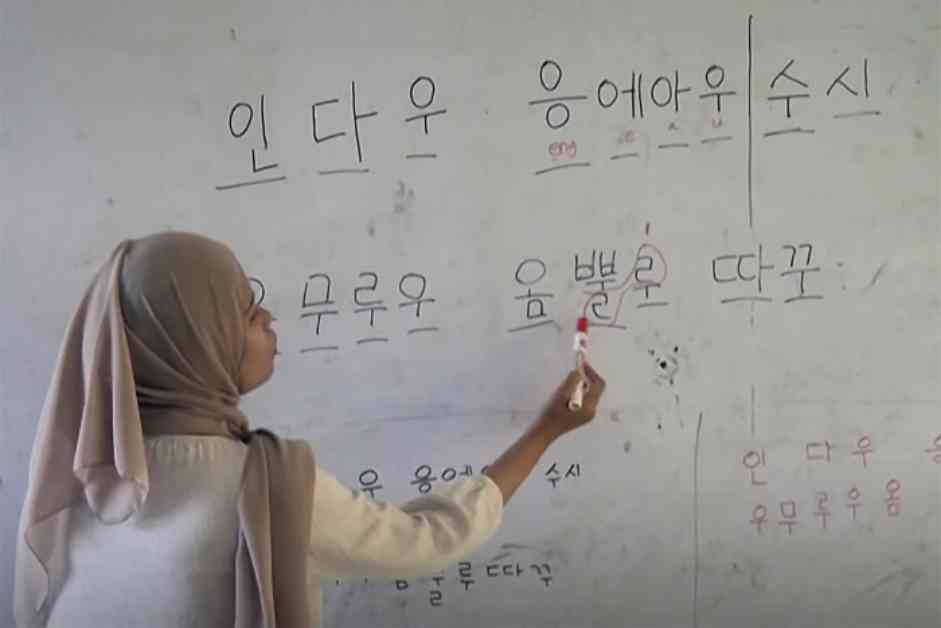In a secluded village in Indonesia, a teacher named Abidin is using the Korean alphabet, known as Hangul, to transcribe and preserve the endangered Cia-Cia dialect. This initiative is crucial for ensuring that this unique language survives for future generations to come.
The Cia-Cia dialect is at risk of disappearing as fewer and fewer people speak and understand it. By transcribing it using the Korean alphabet, Abidin is not only documenting the language but also making it more accessible to the younger generation, who are more familiar with Hangul due to the popularity of Korean culture.
Abidin’s efforts highlight the importance of preserving indigenous languages and dialects, which are often rich in history and cultural significance. Language is a fundamental aspect of identity, and when a language is lost, a part of that identity is lost as well.
The use of the Korean alphabet to transcribe the Cia-Cia dialect also showcases the interconnectedness of different cultures and languages. It demonstrates how innovative solutions can be found by drawing inspiration from diverse linguistic traditions.
In addition to Abidin’s work, there are other initiatives around the world aimed at preserving endangered languages. Technology, such as AI, is being used to document and revitalize languages that are on the brink of extinction. These efforts are crucial for maintaining linguistic diversity and ensuring that all voices are heard and valued.
By celebrating and preserving indigenous languages like the Cia-Cia dialect, we not only honor the communities that speak them but also enrich the tapestry of human language and culture. It is through initiatives like Abidin’s that we can ensure that these languages continue to thrive and contribute to the diversity of our global linguistic heritage.


















